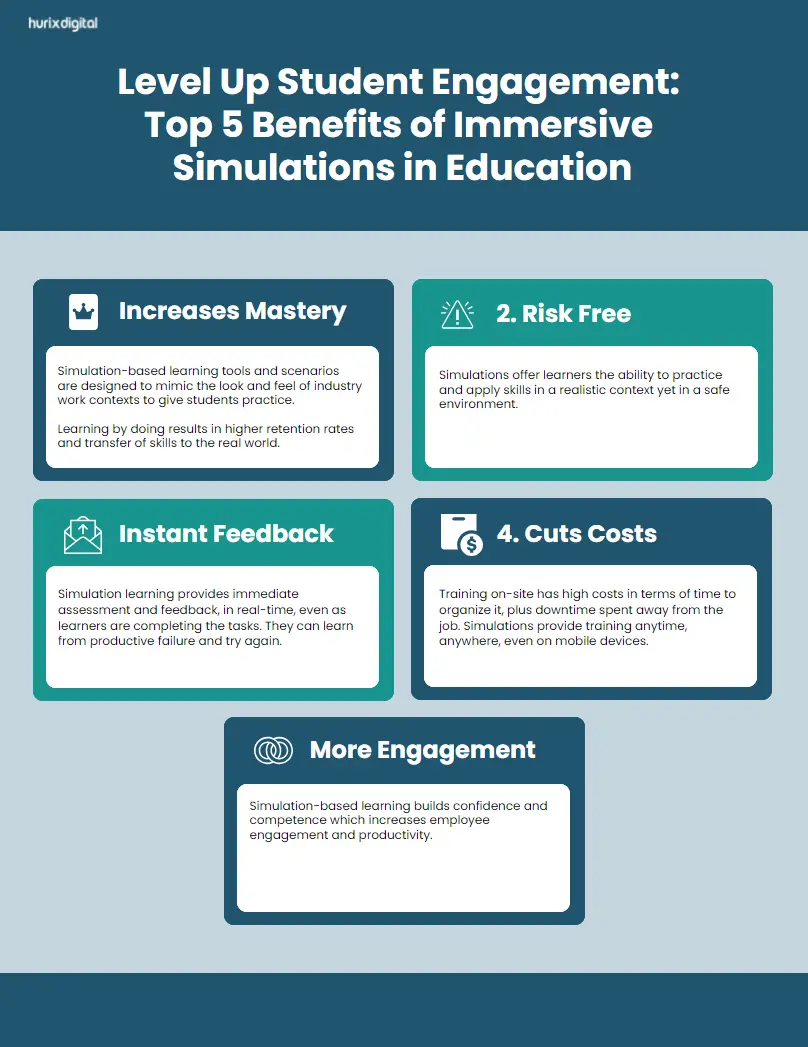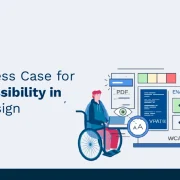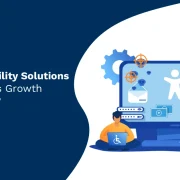Enhancing student engagement is a perpetual goal in education, and immersive simulations have emerged as a game-changer in achieving this objective. Here are the top five benefits that make immersive simulations a powerful tool in leveling up student engagement in education.
Transform your education strategy with immersive learning. Contact Hurix Digital to explore cutting-edge solutions that enhance student engagement and elevate the learning experience. To schedule a quick call visit here.

Understanding Immersive Simulations in Education
Immersive simulations are revolutionizing educational methodologies by creating dynamic learning environments that enhance student interaction and understanding of complex concepts. By simulating real-world scenarios, learners engage more deeply, making education both effective and enjoyable.
Enhanced Learning Retention
Immersive learning significantly improve knowledge retention. Research shows that students who engage in simulation-based learning retain 75% of the material, compared to only 10% through traditional lectures. This hands-on experience encourages learners to apply theoretical knowledge in practical situations, bridging the gap between learning and real-world application.
Safe Learning Environments
A key advantage of immersive learning is the opportunity for risk-free learning. Students can experiment and make mistakes without facing real-world consequences. This safe environment fosters innovation and critical thinking, allowing learners to explore various outcomes and strategies.
Instant Feedback Mechanisms
Immersive simulations provide real-time feedback, a standout feature. As learners navigate scenarios, they receive immediate assessments, crucial for understanding their performance. This instant feedback loop helps students identify areas for improvement and adapt their strategies accordingly.
Cost Efficiency in Training
Training through immersive simulations can be more cost-effective than traditional methods. Organizations save on training-related expenses since simulations can be accessed anytime and anywhere. This flexibility allows institutions to allocate resources more effectively, reducing the financial burden of on-site training.
Boosting Student Engagement
Immersive simulations enhance overall student engagement. By actively participating in their learning process, students develop confidence and competence, leading to increased motivation. Engaged learners are more likely to succeed academically and professionally.
Conclusion
Incorporating immersive simulations into educational practices offers numerous benefits. From improving retention rates to providing a safe learning environment, these tools are transforming student engagement with content. As educational institutions adopt these innovative strategies, the future of learning looks promising and rewarding.




